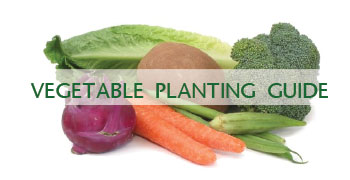
Spring
basil, beans, beets, carrots, chives, cilantro, corn, cucumber, dill, egg plant, green bunching onions, lettuce, onion, parsley, parsnip, peas, peppers, radish, spinach, strawberries, squash, sunflower, swiss chard, tomatoes, thyme
Summer
beans, chives, corn, cucumber, egg plant, green bunching onions, hot peppers, parley, pumpkin (mini), radish, squash, sweet peppers, swiss chard, tomatoes, thyme, watermelon (baby fruiting)
Fall (in warm regions)
artichoke, beets, broccoli, brussels sprouts, cabbage, carrots, cauliflower, celery, chives, cilantro, collards, dill, endive, fava beans, garlic, kale, lettuce, onion, parsley, parsnip, peas, radish, swiss chard, thyme
Winter (in warm regions)
artichoke, beets, blueberries, broccoli, brussels sprouts, cabbage, carrots, cauliflower, chives, cilantro, collards, dill, fava beans, garlic, kale, lettuce, onion, parsley, parsnip, peas, radish, spinach, swiss chard












